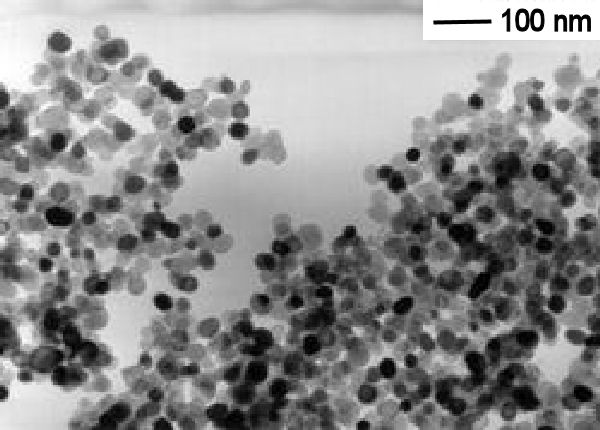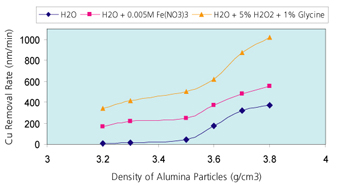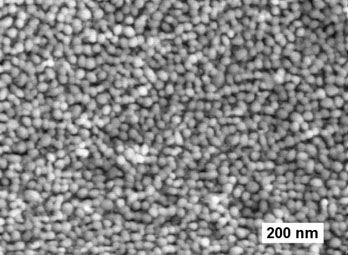
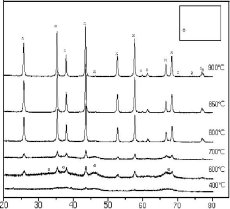
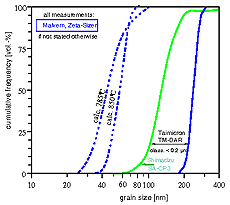
New excellence in quality, availability and price by advanced syntheses
Associated with an adjusted use of precursors and seeding approaches, a special temperatur/time regime of the controlled hydrolysis enables the direct formation of gamma-Al2O3 from a quasiamorphous intermediate at 400-600°C and, finally, a transformation to corundum completed at low temperatures > 750°C.
Advantages
- Use of common, inexpensive raw materials (e.g. Al-nitrate), processes that can be run automatically
- Options: aqueous/inorganic and alcoholic/organic;
- Batch sizes large for subsequent technological development
- Transformation to corundum at low temperature of about 800°C provides redispersible nanopowders
- Average size of redispersed calcined and ground particles >25 nm
Products and services offered
- Development of syntheses for nanocorundum with requested properties
- Upscaling investigations
- Developments for the processing of nanocorundum to produce
- porous coatings (membranes) and compacts
- dense and porous coatings on metallic substrates
- dense sintered compacts; options for sol/gel or powder technological approaches
